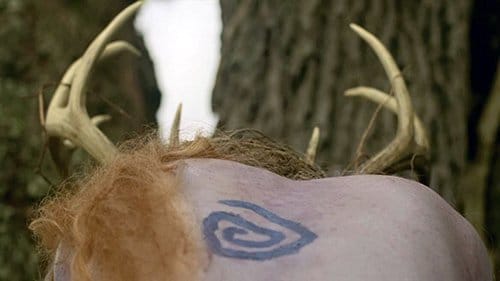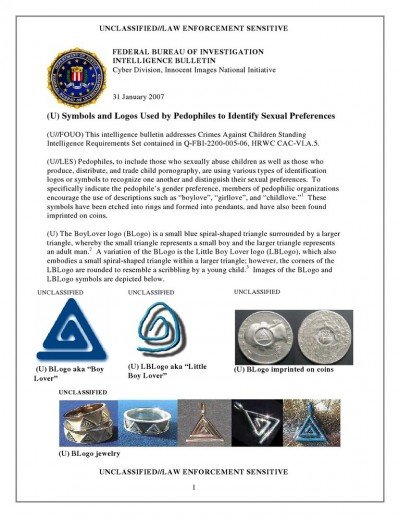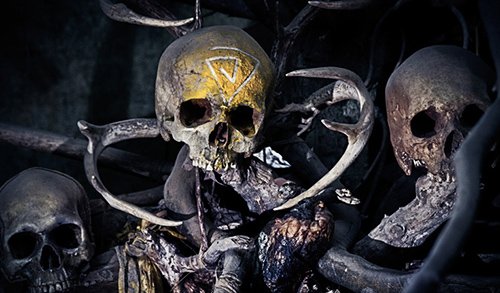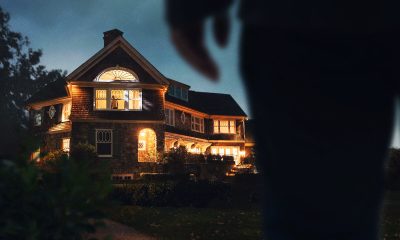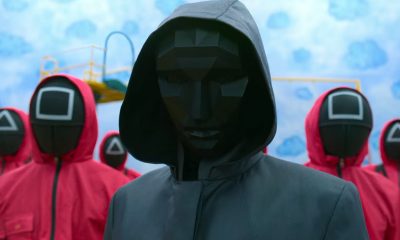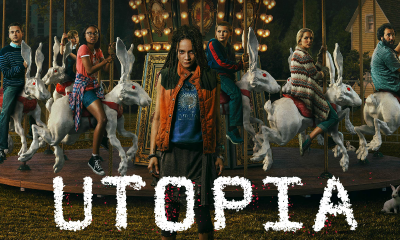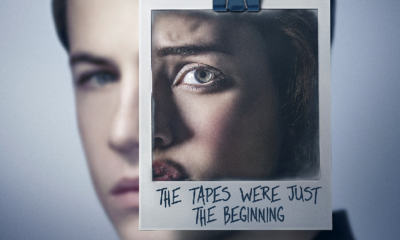Movies and TV
The Deeper Meaning of “True Detective” – Season One
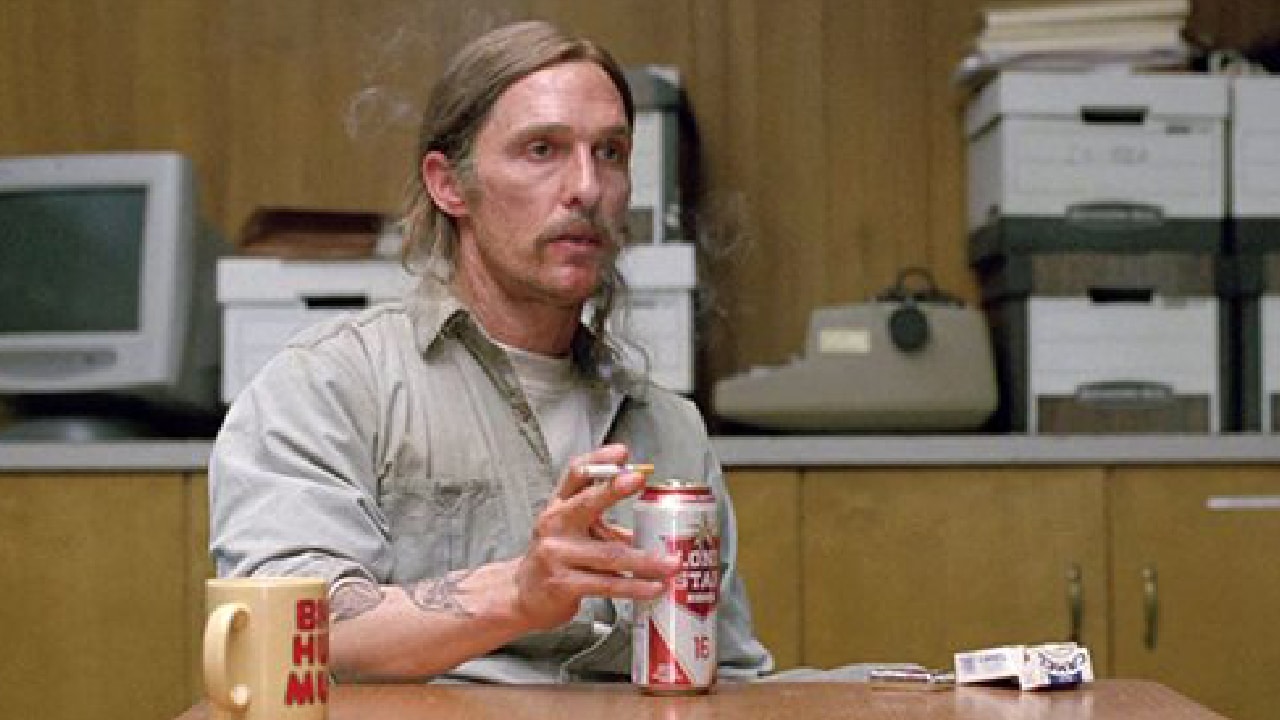
“True Detective” is a TV series about the investigation of satanic ritual murders carried out by mysterious men. While the season ended in a rather straight-forward matter, the plethora of symbols and references peppered throughout the episodes send out profound messages about forces subtly influencing society. We’ll look at the deeper meaning of the first season of “True Detective”.
Warning: Gigantic spoilers ahead!
Taking place in the swampy backwoods of Louisiana, True Detective captured audiences’ attention with its interesting characters and dark atmosphere. Through its eight episodes, the series followed two detectives as they uncovered a series of ritualistic murders that were rumored to be carried out by rich and powerful men. While, week after week, fans of the show obsessed over small details in order to “crack the case”, the series ended in a rather plain matter: The murderer was a dirty, crazy, stereotypical redneck who was identified by the detectives a few episodes beforehand. There was, therefore, no mind-blowing plot twist (i.e. one of the detectives was behind it all) or shocking high-level conspiracy. And that left many fans somewhat disappointed.
However, looking back at the references, the symbolism, and the enigmatic dialogue peppered throughout the episodes, one can indeed wonder why some aspects of the story (i.e. Marty Hart’s family life) were so extensively developed while they were of no relevance to the final outcome of the investigation. Was the series, through these alternative storylines, trying to communicate something that went beyond the actual investigation? Something that encompasses us all?
Despite the straightforward conclusion to the story, there is a deeper message communicated throughout the series: That the ritual murders were not simply the product of the mind of a lone crazy redneck – they’re the result of a deep-seated mindset, a toxic environment that goes back several generations and affects all aspects of society. This concept can be summed up in one word: “psychosphere” – a word detective Rustin Cohle uses in the first episode. Through a variety of symbols and messages, True Detectives shows us how the sick obsessions of the elite ultimately seep through the everyday lives of the masses.
Let’s first look at the premise of the story.
The Premise
The series begins with the discovery of the corpse of a young woman, set up in a ritualistic matter.
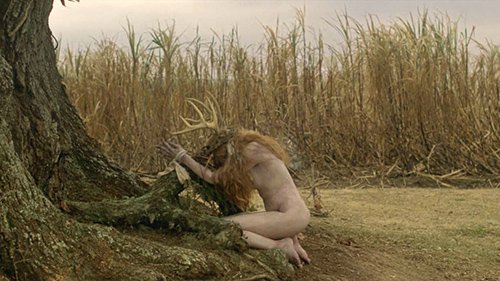
The woman was found naked, bound, with stab wounds on her stomach. She is wearing a “crown of thorns” and antlers on her head.
The authorities quickly conclude that it’s a satanic ritualistic murder. Rustin Cohle describes the killer as “meta-psychotic”.
“It’s fantasy enactment, ritual, fetishization, iconography. This is his vision. Her body is a paraphilic love map – an attachment of physical lust to fantasies and practices forbidden by society”.
After the autopsy, the detectives learn that the victim was drugged, bound, abused, tortured with a knife, strangled and posed outside for the world to see. In short, it bears all of the signs of mega-ritual of Satanic Ritual Abuse (SRA).
Around the body are strange triangles made of sticks.
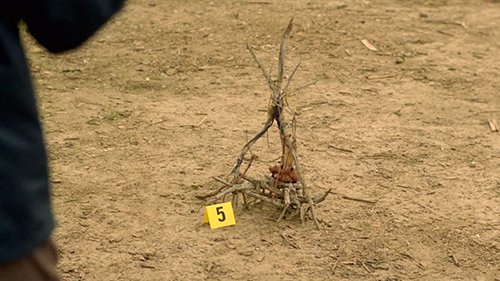
A reverend tells the detectives that these things are “devil nets” and are used “to catch the devil before he came too close”.
The reverend adds that he thought that these devil nets were just “something for children to do, keep them busy, tell them stories why they’re tying sticks together”. While the reverend says these words, the camera zooms into another set of sticks tied together.
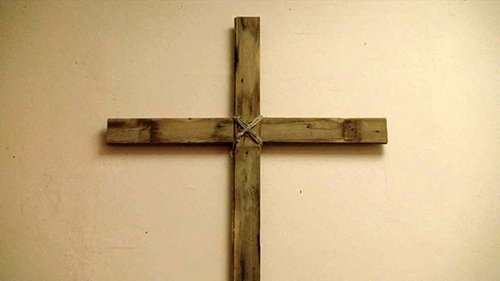
As the reverend talks about devil nets being “stories to keep children busy”, the camera focuses on a cross made of two sticks tied together – implying that religion might be “stories for children”. It also foretells the link between the devil nets and Church leaders in Louisiana.
Rustin Cohle and the Psychosphere
Played by Matthew McConaughey, Rustin Cohle qualifies himself as a realist or, in philosophical terms, a “pessimist”. The least one can say is that he has little faith in humanity and that he does not understand the constructs surrounding it – including religion.
“I think human consciousness is a tragic step in evolution. We became too self-aware. Nature created an aspect of nature separate from itself. We are creatures that should not exist by natural law”.
As a “pessimist” who hates humanity in general and a Texan working in Louisiana, Cohle is an eternal outsider. Indeed, he has a tendency of viewing the world from outside, almost as if he was an other-worldly figure. To accentuate this fact, Cohle appears to have a sixth-sense – bordering on extra-sensory perception (ESP) – that manifests itself throughout the investigation. He has visions, he “reads” people in a few seconds, and he can even “taste” colors.
In the very first episode of the series, Cohle tells his partner a sentence that sums up the main message of the entire series. While driving through Louisiana roads, Cohle refers to an obscure concept that has deep resonance in occult spheres.
“Got a bad taste out there. Aluminum, ash, like you can smell the psychosphere”.
Psychosphere
The term psychosphere is not a common term in the English language. It originates from the science fiction literature of authors such as Roland C. Wagner and H. P. Lovecraft – the creator of the Cthulhu Mythos.
“Psychosphere” can be defined as the “sphere of human consciousness” and takes its roots in Carl Jung’s concept of “collective unconscious”. It basically states that all thoughts that go through the human brain are “converted” by the neocortex and projected outwards into ethereal dimensions. Humans, therefore, live in an “atmosphere of thoughts”, a concept that is also referred to as “noosphere” by Vladimir Vernadsky and Teilhard de Chardin. According to them, the existence of this psychosphere causes humans to be compelled to respond to similar ideas, myths and symbols.
Although referred to in other terms, the concept of psychosphere is important in occult circles who conduct mega-rituals to influence the “collective unconscious” – often for nefarious purposes.
In the 1940s, the French poet and theater director Antonin Artaud predicted the advent of occult mega-rituals in media. Artaud was an adept of several forms of occultism and well-aware of the transformative powers of theatrical rituals: he created the infamous “Theater of Cruelty” that intended to profoundly change the audience. Regarding the processing of the Group Mind, Artaud wrote:
“Aside from the trifling witchcraft of country sorcerers, there are tricks of global hoodoo in which all alerted consciousnesses participate periodically … That is how strange forces are aroused and transported to the astral vault, to the dark dome which is composed above all of … the poisonous aggressiveness of the evil minds of most people … the formidable tentacular oppression of a kind of civic magic which will soon appear undisguised.”
Occult researchers have often identified ritualistic murders as mass-rituals meant to shock the masses and disturb the psychosphere.
“[Some murders] are ritual murders involving a cult protected by the U.S. government and the corporate media, with strong ties to the police.
Such killings are actually intricately choreographed ceremonies; performed first on a very intimate and secret scale, among the initiates themselves in order to program them, then on a grand scale, amplified incalculably by the electronic media.
In the end what we have is a highly symbolic, ritual working broadcast to millions of people, a Satanic inversion; a Black mass, where the “pews” are filled by the entire nation and through which humanity is brutalized and debased in this, the ‘Nigredo’ phase of the alchemical process.
– Michael A. Hoffman II, Secret Societies and Psychological Warfare
This is what True Detective is truly about.
Rustin Cohle, who has a tendency toward ESP, states that he can actually “smell the psychosphere”‘ and that it tastes “like aluminum and ash”. In other words, the sphere of human thought around the crime scene is nothing less than toxic and foul. However, being himself part of the human sphere, Cohle cannot help but being part of it and, on some level, even embracing it.

In the “present-day” scenes Cohle drinks cans of beer and smokes cigarettes … aluminum and ashes. While, fifteen years before, Cohle was disgusted by the taste of the psychosphere, this psychosphere is now part of him.
The first ritual murder discovered in True Detectives was purposely staged to attract the attention of the masses. Not only is it a physical manifestation of the foul psychosphere, but it is also an attempt to massively affect the psychosphere. These mega-rituals are purposely staged to shock and traumatize the masses, who then collectively send these thoughts to the psychosphere, creating the type of ambiance the occult elite revel in.
Throughout the series, an image appears in several places and through several people: Five men around a girl. This “pentagram of men” represents the occult elite abusing a child in a ritualistic matter. Through the psychosphere, the world appears to be aware of this, almost unconsciously.
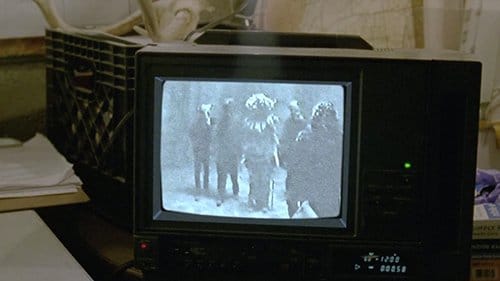
The detectives find a video of a little girl being abused and sacrificed by five masked men. The fact that the ritual was recorded represents the elite’s propensity for creating “snuff material”.
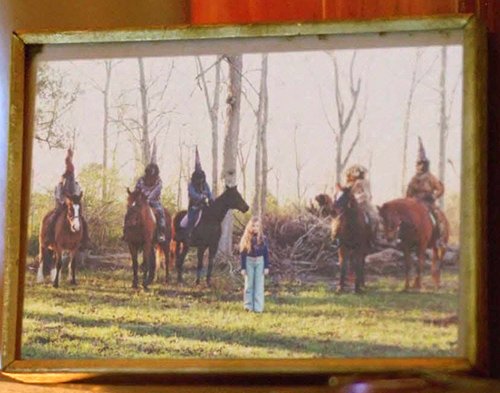
While visiting the house of a woman whose daughter mysteriously disappeared, Cohle notices a framed picture of a young girl surrounded by five masked men.
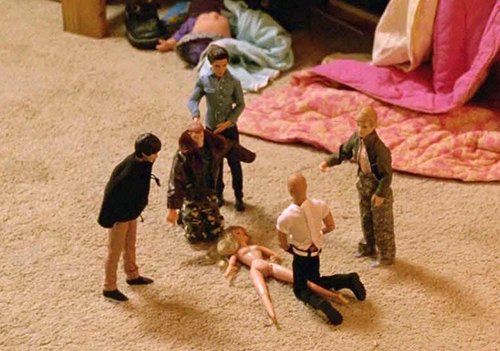
Martin Hart’s daughter Audrey placed five male dolls around a female naked doll. We’ll later see how this character is subtly connected to the rituals.
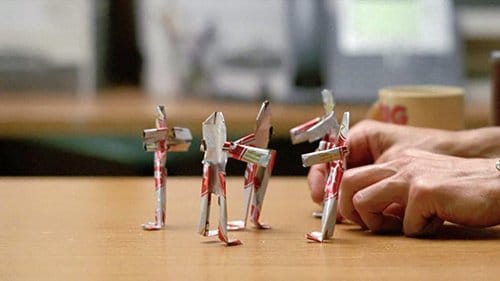
While telling his story to agents, Rustin Cohle oddly transforms five cans of beer into five little people and places them in a circle. Is he unconsciously telling the detectives that he never caught the real culprits – the pentagram of men?
Through symbols, the series tells us that the psychosphere is disturbed by the elite’s rituals and that its effects seep through the reality of the masses. However, these effects are not only symbolic: they influence society’s morals, values, and behavior. This is represented by the evolution of Martin Hart’s family.
Martin Hart and his Family
Played by Woody Harrelson, Martin Hart is very much the opposite of Rustin Cohle. A simple look at the character’s names gives a good idea of their mindset. The name Rustin Cohle sounds like “rust and coal” – two materials associated with decay and toxicity – which represent his world vision. In contrast, Martin Hart’s last name sounds like “heart” – the muscular organ that keeps people alive. Far from being detached from the material world like Cohle, Hart intensely lives the emotional trials and tribulations of human experience. Like most humans, he is also deeply flawed. While considering himself to be a Christian, he has a propensity for adultery and violence.
It is, however, the evolution of his family that is the most telling. While his family has nothing to do with the main investigation, the series spends a great amount of time describing its evolution. More than simple “character development”, the Hart family represents how average citizens are ultimately affected by the foul psychosphere and the moral depravity of those that rule them.
Although Marty’s daughter Audrey has no apparent knowledge of or contact with those who conduct the rituals, she nevertheless appears to be deeply affected by it. As seen above, Marty found her daughter playing with dolls that appear to re-create “pentagram of men”. Later, her parents find a book full of upsetting drawings.

One of Audrey’s sexual drawings features a masked man touching a woman who has her hands bound behind her back.
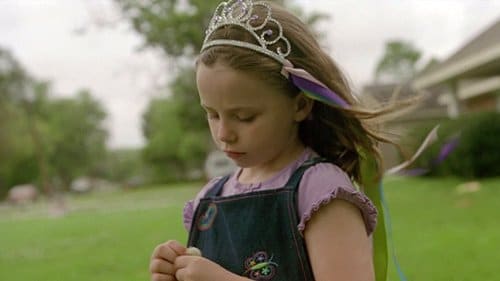
In another scene, Marty’s girls are seen wearing a tiara with ribbons – which is reminiscent of the Satanic antler crown with ribbons placed on the victims during the rituals.
The foul psychosphere appears to affect Audrey’s behavior and her very soul. Her grandfather foretells her future while talking with Marty about “kids today”.
“I’ve seen kids today. All in black, makeup on their faces. Everything is sex”.
While Marty basically dismissed these words as being an old man’s ramblings, Audrey eventually grows up to become exactly that what her grandfather said.
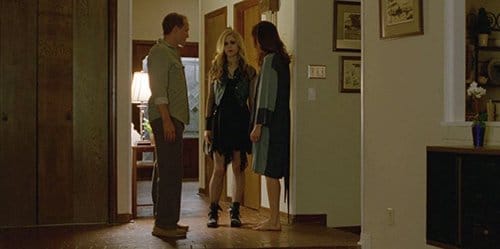
Audrey dressed in black with makeup on her face. In this scene, she got caught by her father having sex with two guys in a truck. This caused Marty to call her a “slut”.
Audrey’s transformation from an innocent girl to a promiscuous teen represents how the occult elite’s depravity and immorality ultimately affect the entire population. While she is not a direct victim of the occult elite, she is an indirect victim through the foul ambiance she grows up in. We later learn that, as an adult, Audrey “sometimes forgets to take her pills”, implying that she has mental health issues and that she was indirectly traumatized by this context. Therefore, through various means, the series shows how the psychosphere is purposely disturbed to create a generation that is morally lost.
Now let’s look at the secretive group that is behind this all.
The Spiral – Representing the “Real Life” Occult Elite
As the investigation progresses, the detectives learn about a group of “rich men” sacrificing children. They also learn about the mythology surrounding it.
“There’s a place down-South where all these rich men go to devil-worship. They sacrifice kids and whatnot. Women and children all got murdered there and something about someplace called Carcosa and the Yellow King. He said there’s all these, like, old stones out in the woods people go to, like, worship. He said there’s so much good killing down there. The spiral – that’s their sign.”
We soon discover who’s behind these rituals: The elite of Louisiana, members of an ancient bloodline, the Tuttle family. As a Texan, Cohle quickly finds out that one member of the Tuttle family is Governor and another one leads the Church – therefore encompassing the spheres of power that are politics and religion.
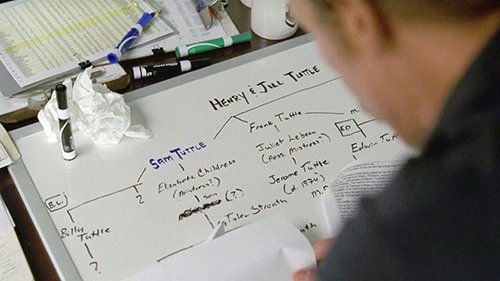
As the detectives discover that the rituals are basically a family affair, they begin constructing the Tuttle family tree.

After the detectives catch the deranged redneck, the camera ominously focuses on a lone tree – a tree that is seen multiple times during the series. With its roots firmly gripping the Louisiana soil, this tree represents the family bloodline that rules the region.
The detectives learn that the Tuttles are responsible for a great number of missing children who were abused and killed in a ritual sacrifice. Since the family is extremely powerful, law enforcement and local media are completely silent. The family practices its own brand of Louisiana voodoo mixed with classic Satanic Ritual Abuse (SRA) as practiced by the occult elite. While the family’s area of action is very local, it does not take much extrapolation to understand that the Tuttles represent the occult elite that currently rules the entire world.
The Spiral’s taste for Satanic rituals, torture, mind control, and abuse of children is representative of the occult elite’s darkest obsessions. Even the Spiral symbol in the series is actually used by real-life networks of shady men to secretly disclose their “preferences.” Here’s an FBI file describing the symbols used by “boy lovers”.
In True Detective, the Spiral’s rituals are drenched in a specific mythology heavily inspired by science-fiction/horror literature, notably from H.P. Lovecraft.
The Mythology
In True Detective, sacrifices are made to the “Yellow King” which is basically an effigy of a horned god and they take place in an abandoned structure dubbed Carcosa. The mythology surrounding the Spiral borrows heavily from science fiction literature, notably Robert W. Chamber’s The King in Yellow (aka the Yellow King), which mentions a lost city named Carcosa.
Along the shore the cloud waves break,
The twin suns sink beneath the lake,
The shadows lengthen
In Carcosa.Strange is the night where black stars rise,
And strange moons circle through the skies
But stranger still is
Lost Carcosa.Songs that the Hyades shall sing,
Where flap the tatters of the King,
Must die unheard in
Dim Carcosa.Song of my soul, my voice is dead;
Die thou, unsung, as tears unshed
Shall dry and die in
Lost Carcosa.
The term Carcosa was also used by H.P. Lovecraft in his famous Cthulhu Mythos. Why is Lovecraft so often referred to in the series? His works are greatly revered in several occult circles and, considering the fact that the series is about satanic ritual murders, it makes sense.
H.P. Lovecraft
While H.P. Lovecraft’s Cthulhu Mythos, is usually considered as a near-satirical atheist work of fiction (it’s about monstrous alien gods), it nevertheless gained great notoriety with societies with a more metaphysical world view. For instance, Anton LaVey’s book The Satanic Rituals includes a chapter entitled “The Metaphysics of Lovecraft”
The Satanic Rituals consider Lovecraft to be a conduit of sorts for “unseen Powers”: “Whether his sources of inspiration were consciously recognized and admitted or were a remarkable ‘psychic’ absorption, one can only speculate.” The rituals consist of evoking names of the Cthulhu Mythos along with the inevitable “Hail Satan,” in mock ceremony evoking the elaborate proclamation and community response of the Catholic Mass.
– Dennis P. Quinn, Cults of an Unwitting Oracle: The (Unintended) Religious Legacy of H. P. Lovecraft
Kenneth Grant, an occultist who was a prominent member of Aleister Crowley’s secret society Ordo Templi Orientis (O.T.O) wrote extensively on the importance of Lovecraft’s works.
For Grant, writing in 1980, Lovecraft should be praised for his abilities to “control the dreaming mind that it is capable of projection into other dimensions.” It is well known that Lovecraft often gained inspiration for his stories in his dreams. For Grant, Lovecraft received actual arcane knowledge in his dreams, which was then expressed through the Cthulhu Mythos. Grant has inspired many magicians, some of whom have moved more into the realm of Lovecraft’s fictional writings.
– Ibid.
Lovecraft’s works are therefore highly regarded by occult or satanic groups who are heavily bent on rituals. Some symbols associated with these societies appear throughout the series.
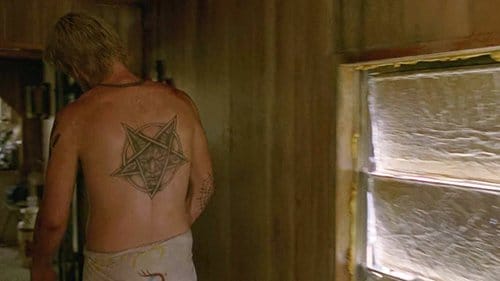
Reggie Ledoux, one of the culprits (more of a patsy) carrying out rituals has a tattoo of Baphomet inside an inverted pentagram – the sigil of the Church of Satan.
Although the detectives caught and killed Reggie Ledoux, they ultimately learn that the killings are still happening. Even at the end of the series, when the detectives get their hands of Errol Childress (the crazy stereotypical redneck), there are clues implying that he’s not the real culprit – he’s just a patsy.
Errol Childress – Patsy of the Elite
While investigating the Tuttle family, the detectives discover that the reverend has children from a mistress. One of them is Errol Childress, a “bastard son” who was treated badly. In fact, everything about him points toward him being a victim of a multi-generational satanic cult.
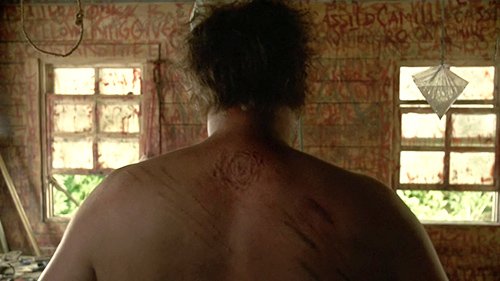
In this important shot, we see that the Spiral symbol was burned into Errol’s flesh, as if he was “branded” by it. In short, he is not the head of the club, he is more of a traumatized victim.

At the end of an episode, Errol eerily says “My family’s been here a long, long time.” and then proceeds to mow the lawn in a spiral pattern. This symbolically represents how everything the occult elite does is in plain sight – for those who have “eyes to see”. It also shows how Errol is obsessed with this symbol and was programmed by it.
The show provides several clues hinting to the fact that Errol Childress is actually a victim of trauma-based mind control. First, he speaks with distinct accents – a classic symptom of a person with multiple personas. Errol effectively alternates between a typical Louisiana drawl and a distinguished British accent. The contents of his house are also quite telling.
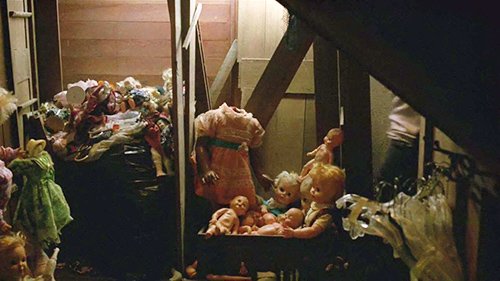
Errol’s house is full of dolls (many of which are beheaded). Not only do these dolls add to the “creep” factor, but they are also a classic symbol to represent multiple personas created through Mind Control.
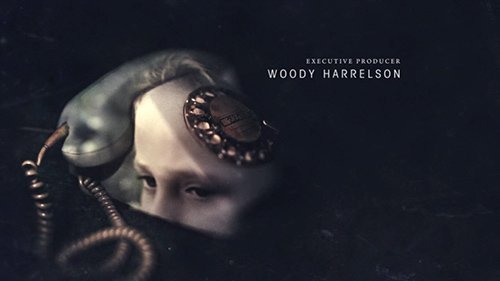
In the opening sequence of the show, the face of a child projected on a telephone (the one at Errol’s house). The dial is on the child’s head, a way of portraying how victims of the Spiral are mind-controlled.
While his father is one of the richest and most respected people in Louisiana, Errol lives in a filthy shack with an equally filthy half-sister with whom he copulates. In other words, Errol is clearly not part of the “elite” but an illegitimate byproduct of it. While he is the ultimate “bad guy” of the series, it is rather clear that he’s simply another victim of the Spiral. Even people who worked for the family were victims.
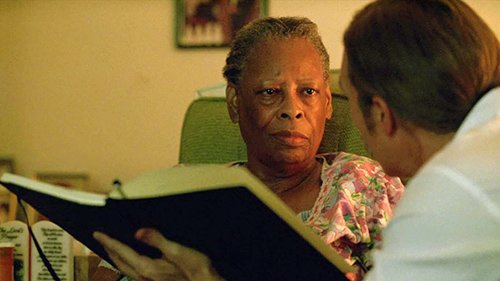
When the detectives visit Delores Jackson, an ex-maid who worked for Tuttles, we also see signs of mind control.
Although Delores became mentally ill and generally unresponsive (as if she was traumatized in her life), she gets very excited when Rust shows her images of devil nets – as if they were trigger images. She then begins reciting lines as if they were programmed into her.
“You know Carcosa? Him who eats time. Him robes, it’s a wind of invisible voices. Rejoice! Death is not the end!”
It is therefore quite clear that the real people behind the Spiral were never caught in the series. The series ended the same way real-life stories involving the occult elite often end: A mind-controlled patsy takes the fall and dies, leaving the real culprits untouched. While Errol did actually commit atrocious crimes, he was a product of a deeper system.
When the detectives finally found and killed Errol, they are sent to the hospital to heal their wounds. There, we hear a TV news report stating:
“The State Attorney General and the FBI have discredited rumors that the accused was in some way related to the family of Louisiana Senator Edwin Tuttle.”
This little piece of information confirms the State Attorney General, the FBI and mass media, in general, are “in cahoots” with the Spiral because they are using disinformation to clear the family’s name.
Rust then tells Marty that, although they caught Errol Childress, their job was not complete.
“Tuttles, the men in the video … We didn’t get them all”
To which Marty replies:
“Yeah, and we ain’t gonna get ’em all. That ain’t the kind of world it is, but we got ours”.
Marty’s grim assessment about “how the world is” basically means that the real occult elite does not get caught. By saying “we got ours”, he means that they got what they were supposed to get: The chosen patsy. This is not a comforting message regarding the occult elite, but it is the sad truth.
In Conclusion
The series True Detectives spurred all kinds of discussions and theories about the identity of the killer. However, beyond the classic “whodunit”, there is a constant message communicated throughout every episode. It is about our society, about who rules it and about the unseen forces that influence us all. It is about the psychosphere, a concept that is obscure to most of us, but that is nevertheless extremely important in occult elite circles. Through mega-rituals amplified by mass media, the elite actively looks to generate shock, fear, and dismay in the general population, whose thoughts then get projected back to the psychosphere. This disturbance causes the human race to live in a toxic atmosphere, ruled by specific symbols and thoughts. Furthermore, as portrayed by Audrey in True Detectives, a disturbed psychosphere causes society to break down, to become immoral and obsessed with dark thoughts. This is what they revel in.
Despite all of this, the series ends with Rustin Cohle having an epiphany and “seeing the light” because, for a moment, he saw the “spirit world”, where his dead daughter waited for him. Cohle realized that, beyond this material world, the one that is ruled by powerful sadistic families, there is another dimension – an eternal one – where they have no power at all.
- Laser beam able to destroy targets at speed of light is tested from British army vehicle for first time
- New Fountain in Vienna Shows What Ruling Oligarchy Think of Us and Celebrates How They've Warped and Ruined Us
- Cartoon Network 'Mighty Magiswords' creator Kyle Carrozza arrested on child p**n charges
- Biden said this … and then something happened.
- BlackRock linked firm, Austin Private Wealth (APW), shorted Trump stock shortly before shooting.
- They don't even hide anymore …
- Global IT meltdown show perils of cashless society
Get an e-mail notification as soon as a new article is published on The Vigilant Citizen.
-
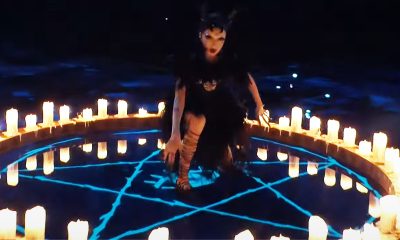
 Movies and TV2 months ago
Movies and TV2 months agoThe Eurovision 2024 Finale Was Basically a Demonic Ritual
-
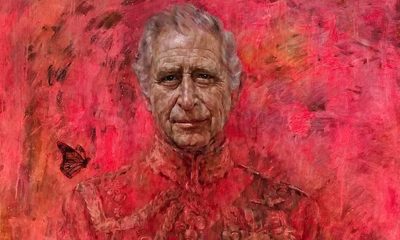
 Pics of the Month2 months ago
Pics of the Month2 months agoSymbolic Pics of the Month 05/24
-

 Latest News3 months ago
Latest News3 months agoBeyond Rap Beef: Kendrick Lamar’s Dark Accusations Against Drake (Including Sex Trafficking)
-

 Movies and TV3 months ago
Movies and TV3 months ago“American Horror Story: Delicate” and its Messages About Hollywood’s Occult Underbelly
-
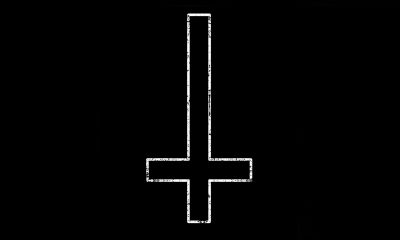
 VC Resources1 month ago
VC Resources1 month agoThe True Meaning of the Inverted Cross and Why Mass Media Lies About It
-

 Latest News3 weeks ago
Latest News3 weeks agoBiden’s Debate Performance Was Shocking Proof That He’s Merely a Puppet. Who Actually Runs the Country?
-

 Latest News2 months ago
Latest News2 months agoBilderberg 2024 or How the Elite Subverts Politics, Technology, Big Pharma and the Media
-
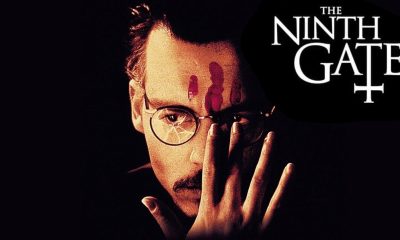
 Movies and TV1 month ago
Movies and TV1 month agoThe Much-Overlooked Symbolism in Roman Polanski’s “The Ninth Gate”

